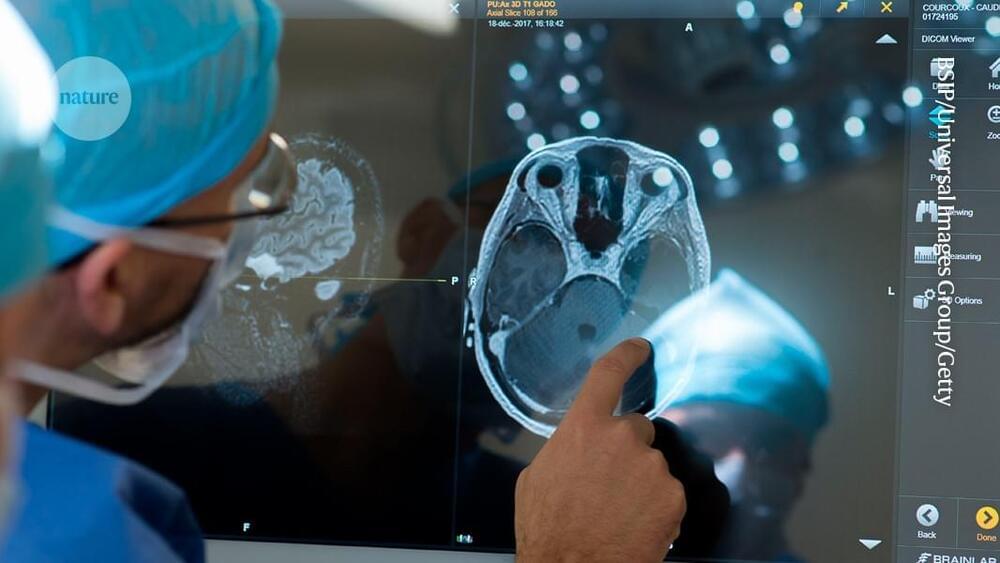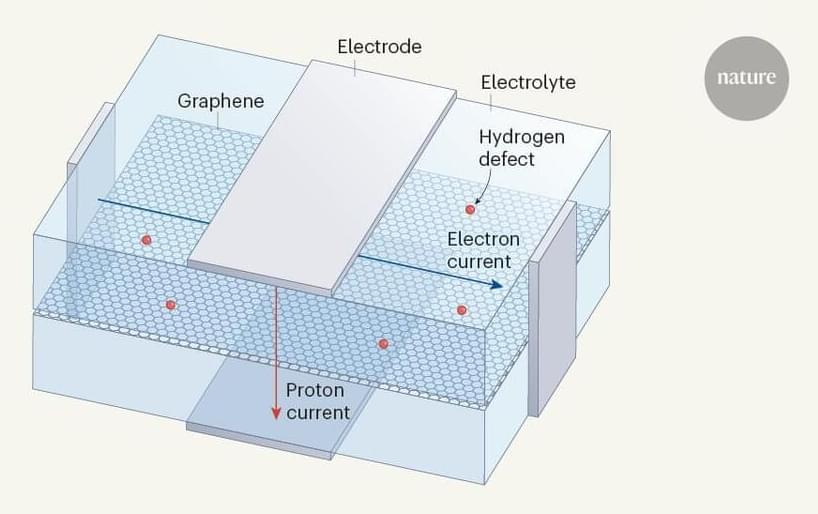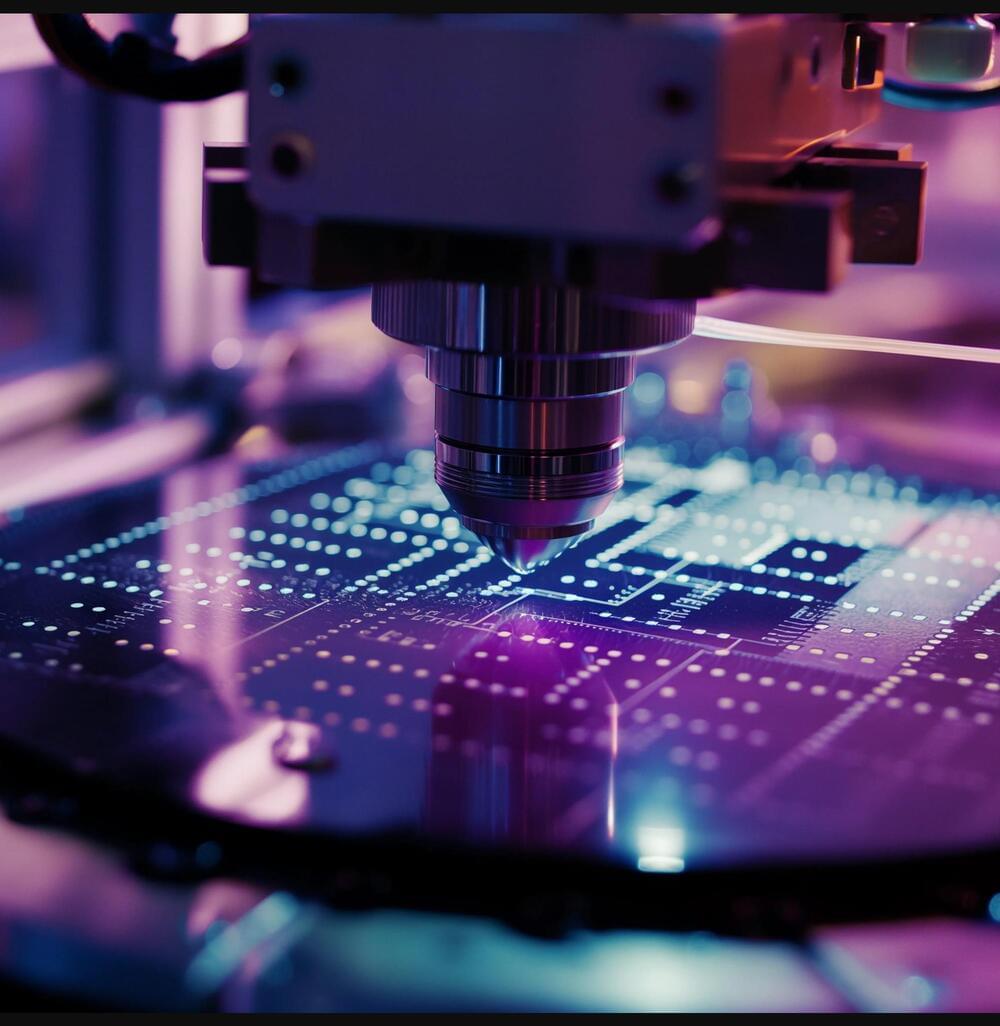Our technological prowess is unrivaled. From the simplest inventions to the most complex machines, we have continually pushed the limits of what is possible. But as our capabilities grow exponentially, a looming question arises: are we heading towards a technological singularity that could change the course of humanity?
The concept of technological singularity has moved beyond the fringes of futurism; it is now an imminent possibility. Defined as the hypothetical future point when technologies have become so advanced that humanity undergoes a dramatic and irreversible change, the singularity presents an inescapable, exhilarating, and terrifying problem for philosophers, scientists, and every human being.
Are we prepared for the implications, the ramifications, and the profound changes that a tech-driven future might bring?





